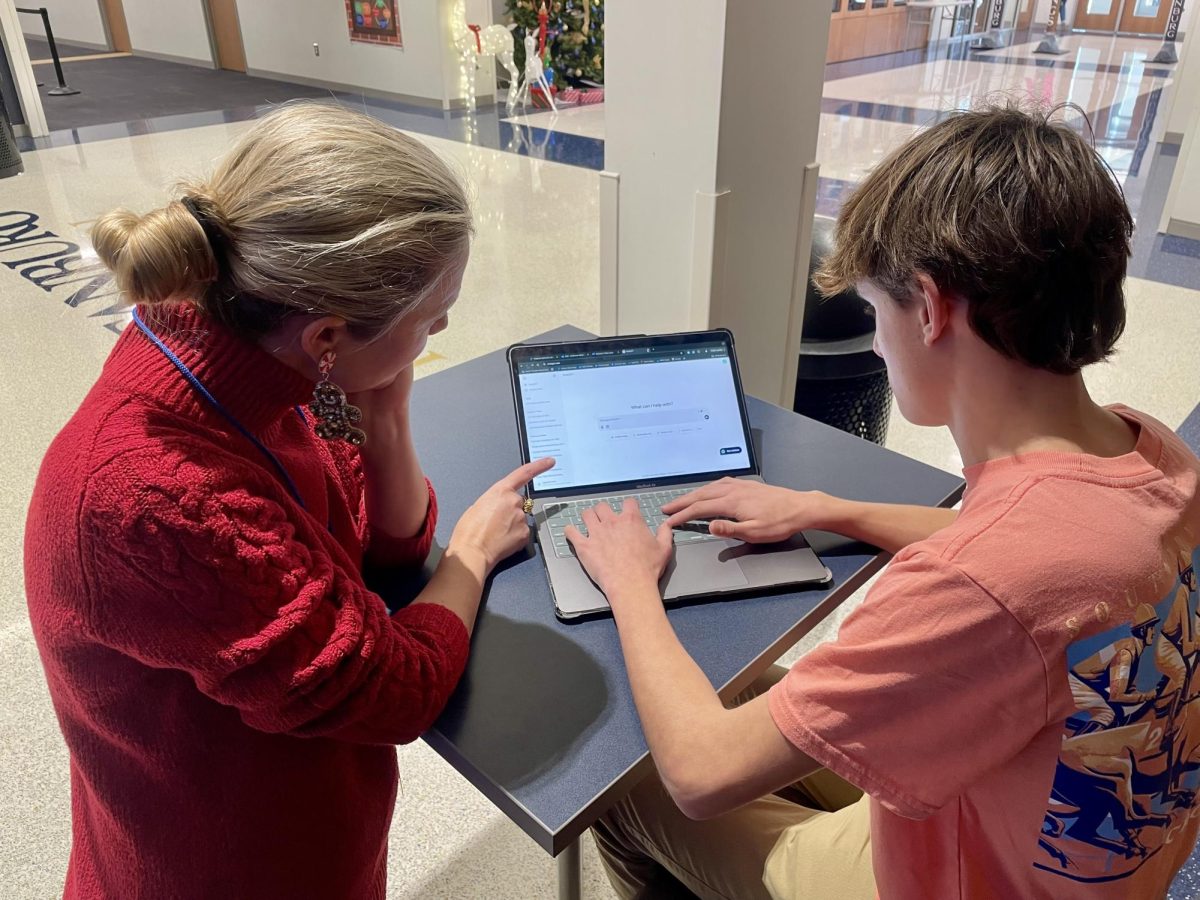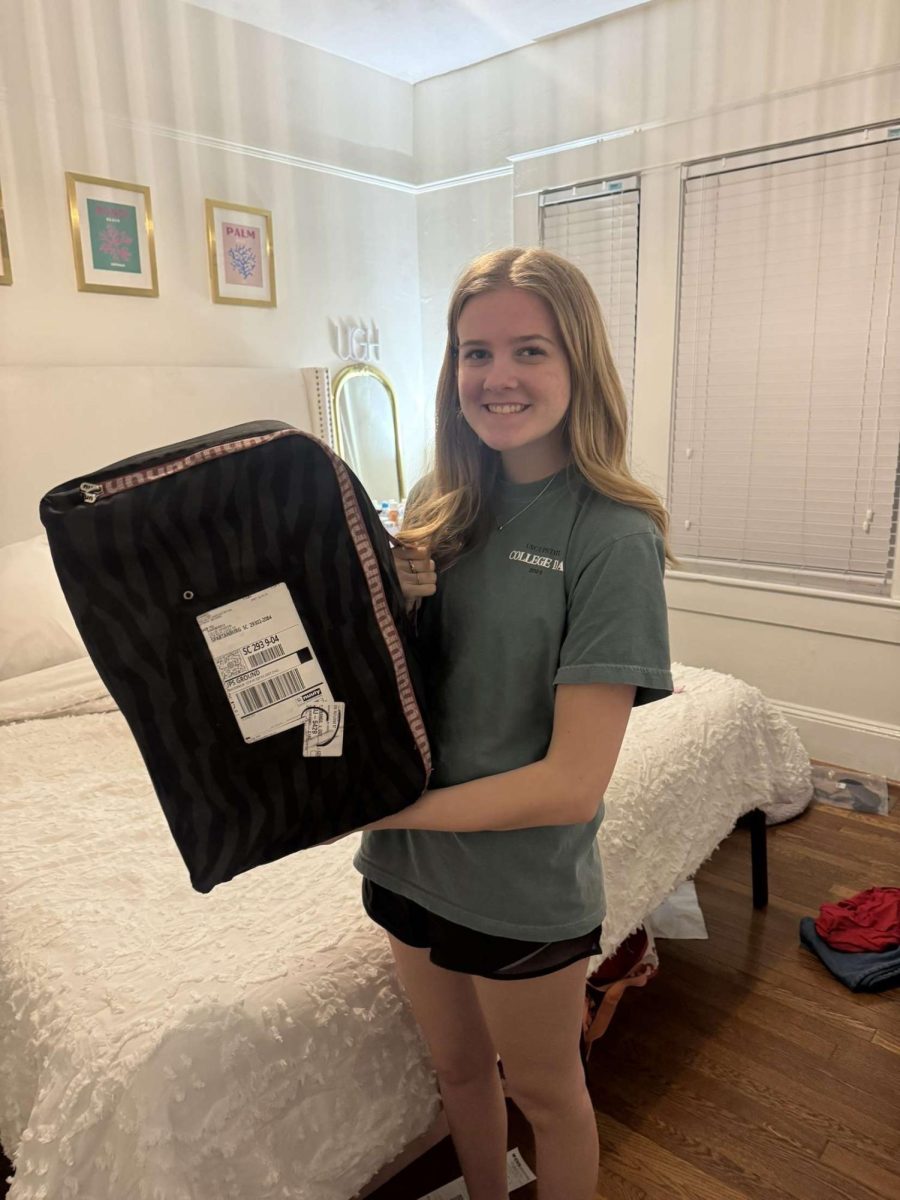In recent years the expansion and growth of artificial intelligence (AI) has skyrocketed for both economic and commercial use. With the rise of popular AI chatbot, Chat GPT, schools and education systems began to shut down the use of all AI. But now they’re changing their minds.
Many different types of AI perform different tasks based on their programming. According to builtin.com, there are seven main types of artificial intelligence: Narrow, Artificial General Intelligence, Artificial Superintelligence, Reactive Machine, Limited Memory, Theory of Mind and Self-Aware AI. Most of the AI used in daily life, including generative AI like Chat GPT or DALL-E, falls into the Narrow AI category with aspects of Limited Memory AI.
The issue that schools have with generative AI is that instead of the students doing the work given to them, the AI produces the work for them. As schools navigate the balance between the benefits and challenges of AI, educators now are realizing the importance of teaching students how to use it responsibly. This approach not only prepares students for the real-world applications of AI but also equips them to understand and be able to utilize programs effectively.
Susan Plonski teaches the AP Capstone program at Spartanburg High School and believes that AI can be a useful tool to aid already talented student writers, but the amount of help should have a ceiling.
“AI use should be limited in high schools. Because AI is still so new, I think it should be used as a tool by more experienced writers who are better equipped to be critical about what is generated,” Plonski said.
Although monitoring the use of AI among students is an issue, many other aspects of AI can be helpful to students, where the benefits outweigh the drawbacks. This year, the AP College Board has allowed AI “intentionally to support student learning, not bypass it.” This implies that the use of generative AI is still not permitted, but programs, like Grammarly, that use AI to help check and revise texts are allowed and welcomed.
The debate over AI in education is part of a larger conversation about how technology can help to shape learning. The prevalent and widespread use of AI would make banning it counterproductive, as it has become an essential part of daily life. For example, Chat GPT can be used in many school scenarios to help students better understand the work that they have been given. This helps students understand better, reduces the workload on teachers and Chat GPT can answer question after question and not get frustrated.
Trail Pierce (12) has found that AI can clarify tricky assignments and can help you understand lessons better.
“AI can be good and bad at the same time. While it can help you learn things, it can also help you cheat. AI can help you make flashcards, create ideas and other things that can help with learning,” Pierce said.










